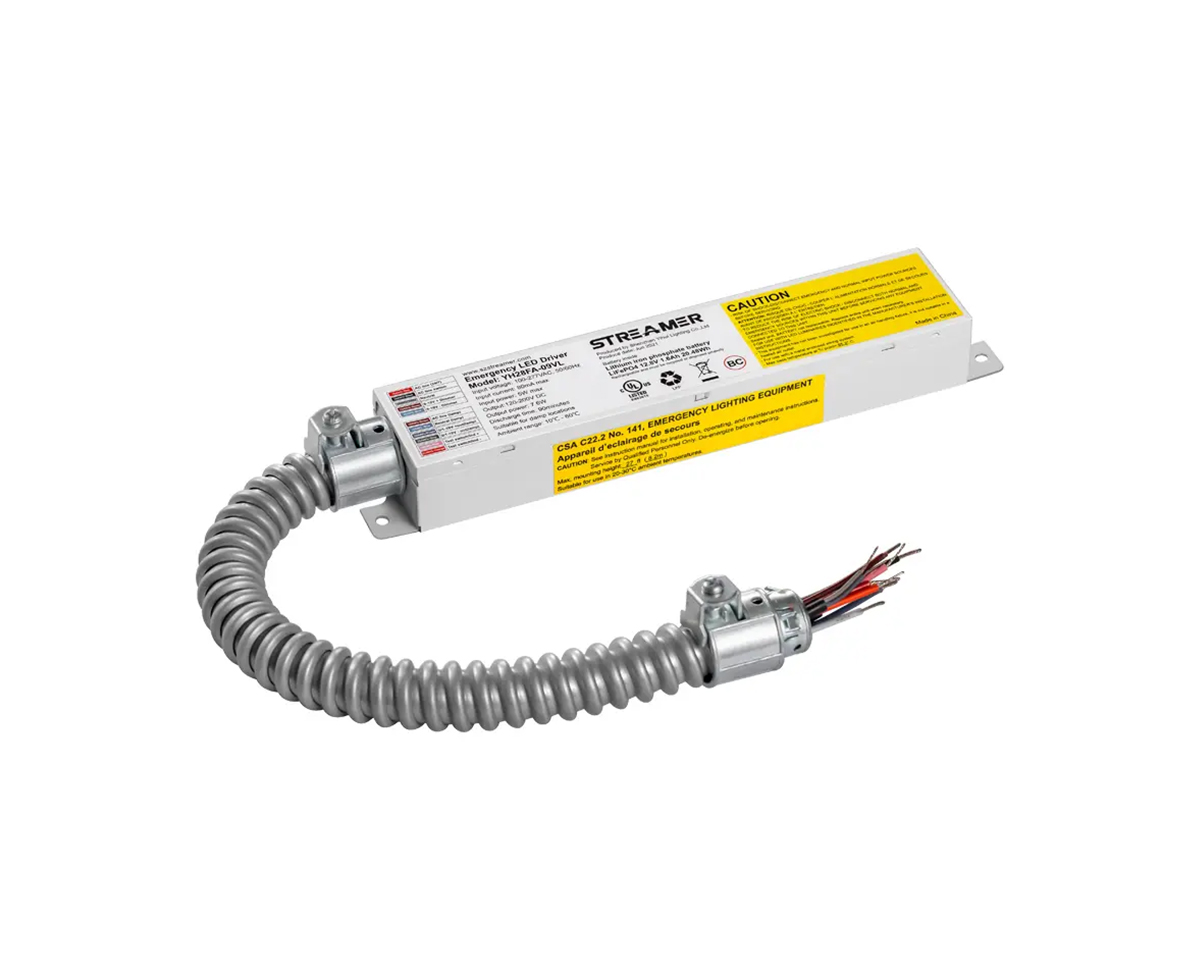 1
1
 Apr 04, 2025
Apr 04, 2025

When it comes to selecting emergency batteries for ships, several crucial factors need to be carefully considered to ensure the safety and reliable operation of the vessel in emergency situations.
First and foremost, the capacity of the emergency battery is of utmost importance. Ships have a wide range of emergency systems that require power, including emergency lighting, navigation lights, communication equipment, and emergency propulsion systems in some cases. The battery capacity should be sufficient to power these systems for the required duration as per international maritime regulations. For example, SOLAS (Safety of Life at Sea) regulations specify the minimum backup power duration for different types of ships and emergency systems. A large ocean - going container ship may need an emergency battery capacity that can sustain all critical systems for at least 18 hours.
The type of battery is another key consideration. Lead - acid batteries have been widely used in the past due to their relatively low cost and well - understood technology. However, they have limitations such as a relatively short lifespan and lower energy density. Lithium - ion batteries, on the other hand, offer higher energy density, longer cycle life, and faster charging capabilities. But they also come with higher costs and require more sophisticated battery management systems to ensure safety. In recent years, some ships are opting for a combination of different battery types to leverage the advantages of each.
The environmental conditions on a ship are harsh, with high humidity, salt - laden air, and temperature fluctuations. Therefore, the selected emergency batteries must have excellent corrosion resistance and be able to withstand these environmental challenges. Batteries with special coatings or materials that are resistant to saltwater corrosion are preferred. Additionally, the battery's ability to operate over a wide temperature range is crucial. In cold regions, the battery should still be able to deliver sufficient power, while in hot climates, it should not overheat or degrade rapidly.
Safety is a paramount concern on ships. Emergency batteries should be designed with multiple safety features, such as over - charge protection, over - discharge protection, and short - circuit protection. In the event of a fire or explosion, the battery should not contribute to the spread of the disaster. Batteries with flame - retardant casings and non - flammable electrolytes are highly desirable. Finally, the maintainability of the emergency batteries is also an important factor. Ships are often at sea for long periods, and easy - to - maintain batteries can reduce the risk of unexpected failures and ensure the continuous availability of emergency power.